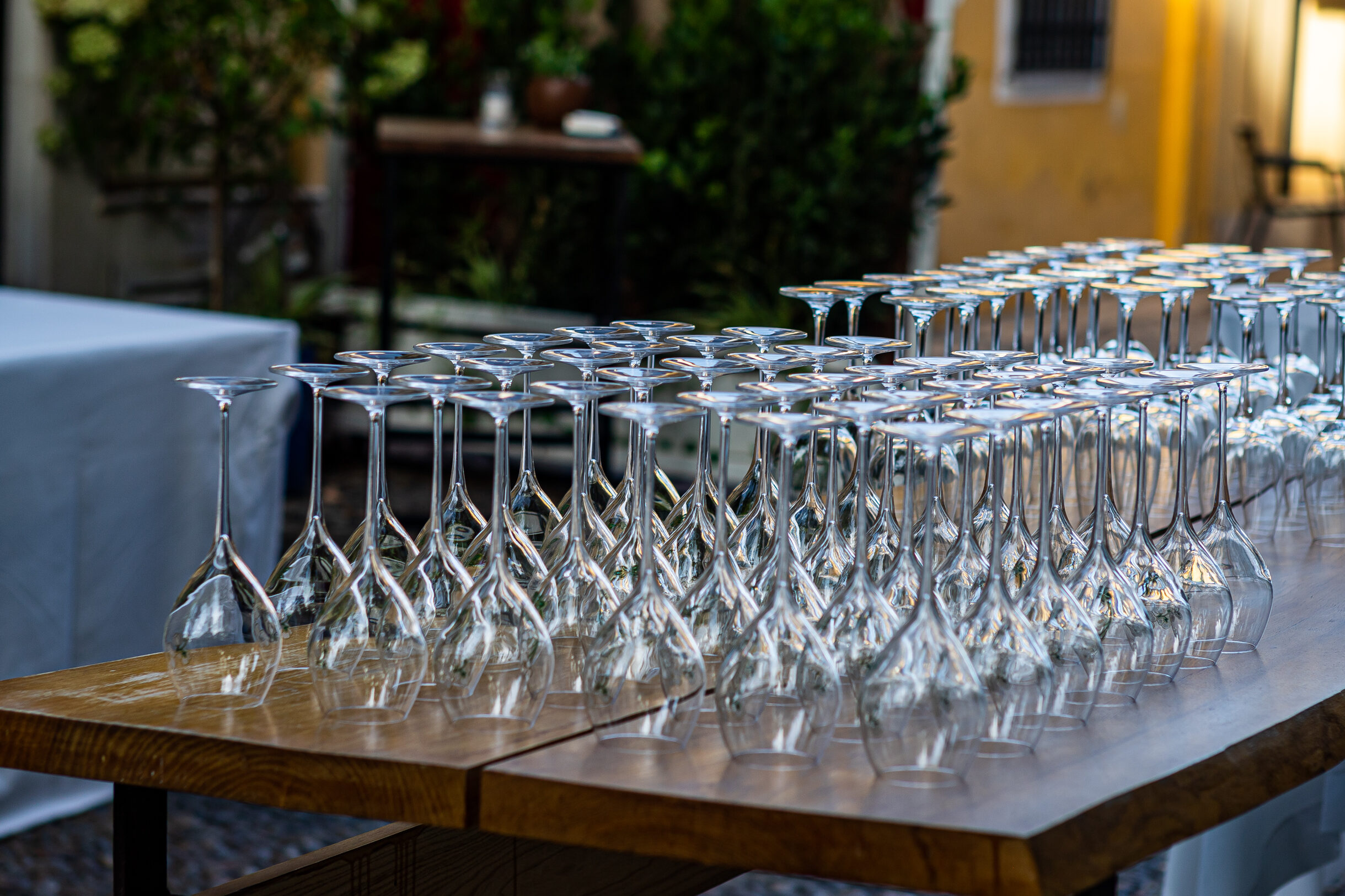
The Fine Taste of Labels

Knowledge of wines makes you seem more classy and helps with the impression of a cultured and refined person. Sommeliers need many years to learn their profession. But what really determines the evaluation of a wine? We usually assume that better quality goes hand in hand with a higher price. You have to pay more for good quality ingredients, a long and careful production process, and the work of specialists. To what extent does this awareness affect our subjective taste of wine?
How Wine Price Affects Our Perception of Taste
In 2008, Goldstein et al. asked the subjects to test some wines without informing them of the price. Laymen rated the most expensive wines slightly worse, according to this study. Wine connoisseurs, on the other hand, attributed the highest quality to the most expensive. Ashton’s 2014 experiment demonstrated that a group of wine club members showed no relationship between price and blind test of wine.
And it’s not just a matter of the subjects’ declarations: this phenomenon is confirmed by an objective picture of peoples’ brains. In a 2017 experiment, Liane Schmidt et al. looked at the neural activity of the brains of people tasting wine. It turned out that the belief in a higher price, even if untrue, made the subjects feel more pleasure while tasting different wines.
The Surprising Results of a Wine Experiment
The results were confirmed outside of the lab: in 2020, a couple in New York ordered wine for $18 and mistakenly received Mouton Rothschild for $2,000. The lucky ones didn’t notice anything. Furthermore, the host of a business dinner unknowingly praised the purity of the $18 Pinot they received, despite having ordered the most expensive wine.
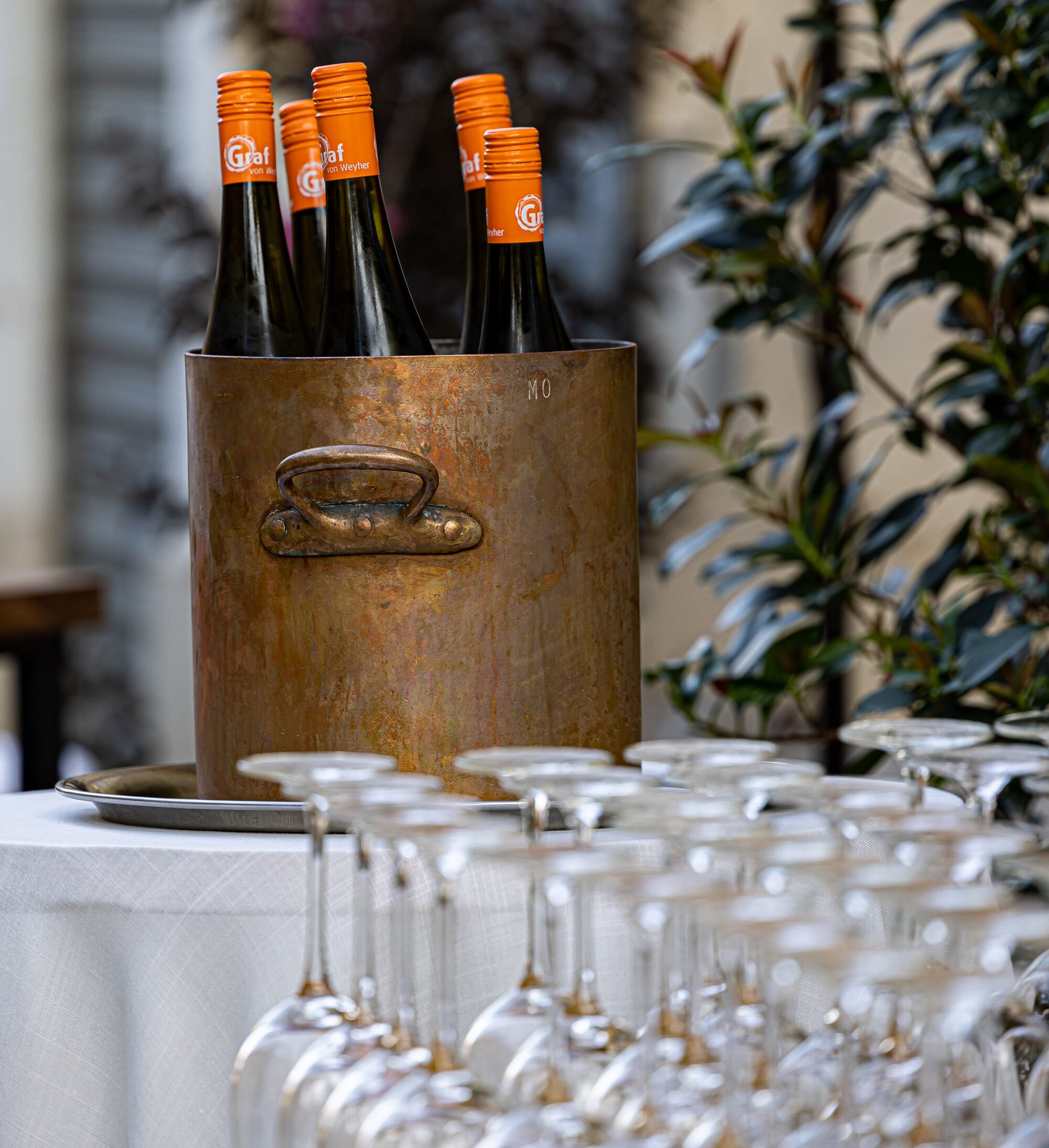
The price isn’t the only thing that changes the taste. Our brains process taste and smell stimuli ten times slower than sight. Would you believe that wine studies students can mistake white wine for red? Frédéric Brochet died wine and served it to 27 male and 27 female students. When students were served red-dyed white wine, they described it with words like ‘cherry’, ‘cedar’, ‘raspberry’ or ‘chicory’, while in its normal color, they described it as ‘honey’, ‘lemon’, ‘peach’, or ‘floral’.
So next time you buy a bottle of wine, choose the one you like, not necessarily the most pricey. You can always imagine drinking something expensive. Who knows, maybe it will taste better?

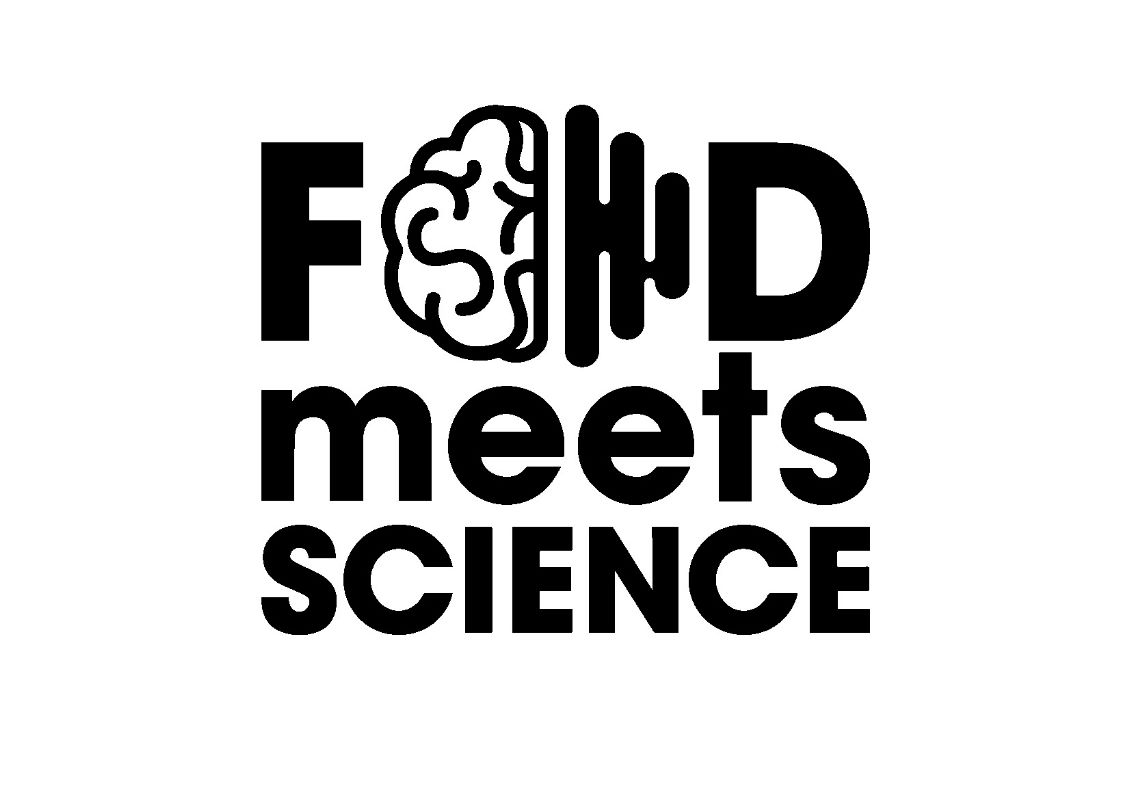





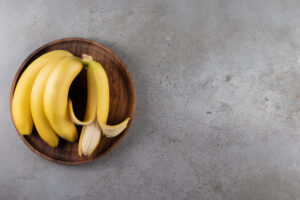
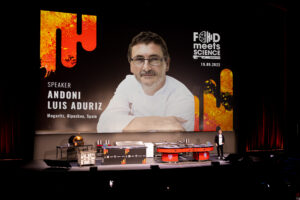
https://iloveroom.co.il/room/דירות-דיסקרטיות-בקריות/
2023-05-08Good post. I learn something new and challenging on blogs I stumbleupon on a daily basis. Its always exciting to read content from other authors and use a little something from other web sites.